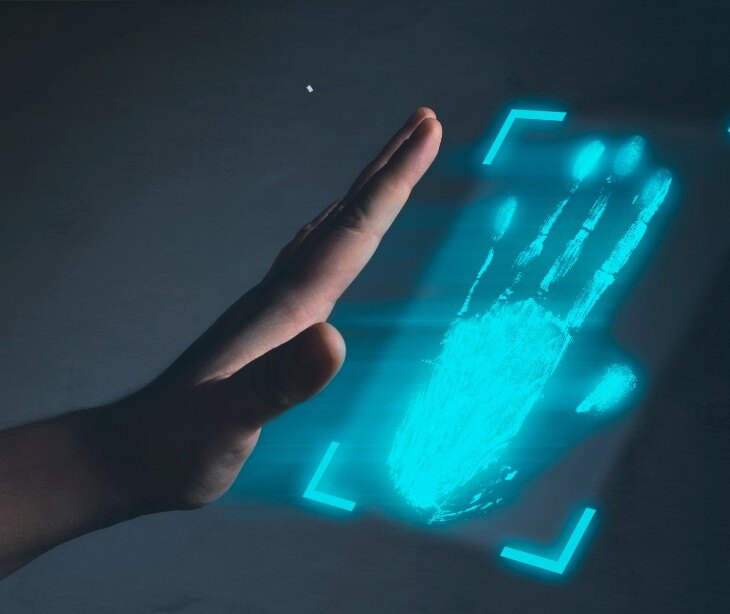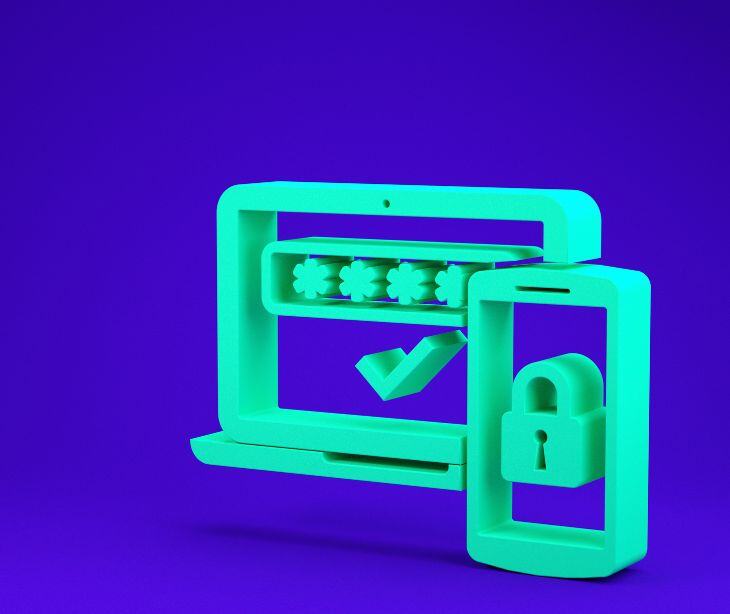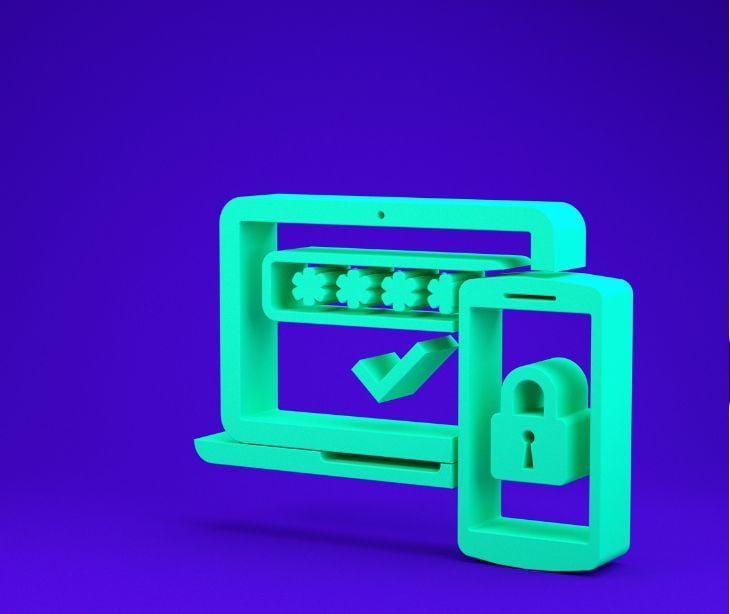
Multi-factor authentication (MFA) maintains HIPAA compliance by adding an extra layer of security to protect sensitive patient information.
HIPAA and MFA
HIPAA mandates that healthcare organizations implement robust security measures to safeguard electronic protected health information (ePHI). MFA reduces the risk of unauthorized access by requiring identity verification, ensuring only authorized personnel can access ePHI.
According to recent industry reports, many healthcare organizations have adopted MFA to enhance security. In fact, the HHS released the Multi-Factor Authentication & Smishing report, which found that “61% of consumers enable MFA for online healthcare portals.”
MFA, in conjunction with other security measures, like email encryption, can protect against unauthorized users and breaches.
Related: HIPAA Compliant Email: The Definitive Guide
FAQs
What is multi-factor authentication (MFA)?
Multi-factor authentication (MFA) is a security system that requires more than one method of authentication to verify a user's identity, decreasing the risk of unauthorized access.
Go deeper: What is MFA?
Why is MFA important?
MFA adds a layer of security by requiring multiple forms of verification. Even if one factor (e.g., a password) is compromised, an attacker would still need to breach additional layers of security to gain access.
What are the common factors used in MFA?
- Something you know: Password, PIN, or security questions.
- Something you have: Physical devices like a smartphone, hardware token, or security key.
- Something you are: Biometric verification such as fingerprint, facial recognition, or retina scan.
How does MFA work?
When you log in to an account with MFA enabled, you provide your username and password (first factor). Then, you must provide a second form of authentication (second factor), such as a code sent to your phone, a fingerprint scan, or a security key.
Is MFA the same as two-factor authentication (2FA)?
MFA is a broader term encompassing any authentication process that involves two or more factors. Two-factor authentication (2FA) is a specific type of MFA that uses exactly two factors.
Learn more: What’s the difference between 2FA and MFA?
What are some common methods of MFA?
- SMS-based codes: A one-time code sent via text message.
- Authenticator apps: Apps like Google Authenticator or Authy that generate time-based codes.
- Hardware tokens: Physical devices that generate or receive authentication codes.
- Biometrics: Fingerprint, facial recognition, or other biometric data.
- Email-based codes: A one-time code sent to your email address.
What is phishing-resistant MFA?
Phishing-resistant multi-factor authentication uses MFA strategies to reduce potential dangers connected with phishing attacks.
Can MFA be bypassed?
While MFA significantly enhances security, it is not foolproof. Advanced phishing attacks, social engineering, and malware can sometimes bypass MFA. However, MFA makes unauthorized access much more difficult compared to single-factor authentication.
In the news: Phishing kit that bypasses MFA targets Gmail and Microsoft 365
Does MFA affect user experience?
MFA can introduce slight inconveniences due to the additional steps required for authentication. However, the trade-off is generally considered worthwhile given the substantial increase in security.
Subscribe to Paubox Weekly
Every Friday we'll bring you the most important news from Paubox. Our aim is to make you smarter, faster.



